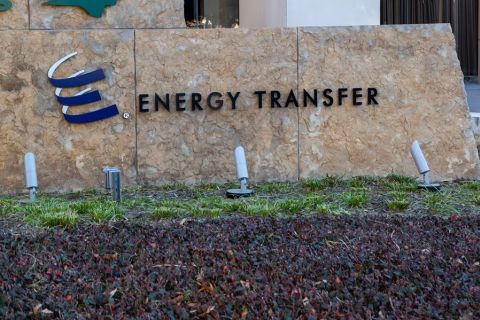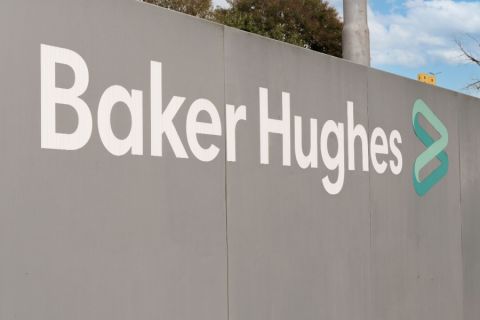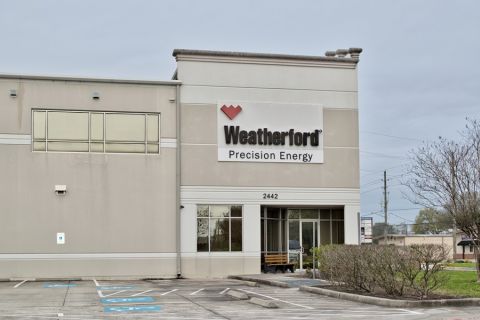 Packer system, lightweight gravel offer solution for North Sea openhole gravel pack.
Packer system, lightweight gravel offer solution for North Sea openhole gravel pack.In the first part of the 1990s, cased-hole gravel pack was the primary sand control measure in Statoil; however, during the last decade openhole solutions have been taking over. Statoil has had good success with openhole gravel-pack operations in horizontal wells up to 3,937 ft (1,200 m) in length. More recently, this sand control technique has been successfully combined with intelligent completions in wells on the Norne Satellite field.
In the Norne wells, up to four reservoir layers were completed with a single lateral openhole gravel pack operation. Optimization of reserves recovery required active control of the individual pays in the gravel-packed interval. To enable separate control of the individual pays in these completions, intelligent components and packers were run inside the screen assembly, while swellable packers were installed with the screen assembly. The swellable, openhole packers were included in the gravel pack screen assembly to provide the necessary zonal isolation in the openhole annulus. Hydraulic set packers with splice free control line feed-throughs gave zonal isolation inside the screen assembly. This type completion enables Statoil to proactively manage and control production in multiple zones of the reservoir with a relatively simple and reliable installation.
New completion design
This type of completion was particularly challenging. Reservoir-based completion tubular design sized the flow capacity of the inner isolation string to accommodate the reservoirs' flow capability. The outside diameter of the intelligent completion assembly required use of a 7-in. screen base pipe to allow sufficient clearance space. Well casing design best practices held the production liner diameter to 95/8 in. to optimize the casing design and economics. The openhole completion lateral was reamed to a 91/4-in. diameter to allow both good gravel filter thickness around the 7-in. screens and good sealing of the swellable openhole packers. These requirements resulted in an unusually narrow clearance of only a half-inch between the installed packers and the inside diameter of the open hole. This meant that the gravel and carrier fluid would have to pass through this narrow space at several points in the well bore - and flow for up to 3,937 ft without bridging. Statoil wanted to develop a procedure that would ensure the integrity of the entire completion. The solution would have to be absolutely reliable for these subsea wells. To achieve this end, Statoil turned to full-scale testing.Statoil contracted to build and operate two full-scale models at the Halliburton service center in Stavanger, Norway. Working as a team, Statoil and service company experts developed and proved a solution. Using the test facility, 23 out of 25 full-scale gravel-pack tests were performed at the service company facility, resulting in qualification of procedures to insure successful gravel-pack operations in all well configurations currently planned.
The testing revealed an unanticipated issue. Since gravel packing in 81/2-in. open hole, 51/2-in. screens and 4-in. wash pipe on Heidrun had successfully been done both with and without 7.9-in. outside diameter (OD) swellable packers, it was assumed that the gravel would pass the 81/4-in. OD packers in a 41/4-in. inside diameter (ID) hole on Norne Satellite. Surprisingly, new testing which included the 81/4-in. swellable packer on the blank pipe showed that the gravel packed off around the packer. The pump rate could not be increased because of surface limitations.
Further testing showed that by increasing the OD of the wash pipe, the velocity outside the screens can be increased, keeping the rate constant. A successful test with 51/2-in. OD wash pipe confirmed that the gravel passed the critical area between the 9.4-in. ID open hole in the model and 81/4-in. OD swellable packer. But, because of long delivery time of 51/2-in. OD wash pipe, the team decided to perform testing with lightweight gravel.
Successful packing was finally achieved with a new lightweight gravel developed by Hexion's Oilfield Technology Group. The result was copied in wells G-1H and J-2H, where 3,116 ft and 984 ft (950 m and 300 m), respectively, 91/4-in. openhole/7-in. screen annulus containing two 81/4-in. OD swellable packers were fully packed.
 New technologies critical
New technologies critical
The ability to install this type completion provided Statoil with excellent abilities to proactively manage the reservoir. Selective, dependable isolation of the zones required, of course, sealing both the OD and ID of the blank sections between screens. The ID was sealed with well-proven packers installed as part of the intelligent completion components. The OD/wellbore annulus was sealed with the relatively new swellable isolation system.
On another front, the service life of the completion assembly and the productivity of the well would have been severely reduced if a complete pack could not have been achieved. The new low-density, lightweight gravel from Hexion proved to be key in this success.
The swellable isolation system is a packer based on the swelling properties of rubber in hydrocarbon. The system will swell to expand and seal the annulus around the pipe either in an openhole or cased-hole application. The system provides a single, one-trip solution for effective zonal isolation in the well completion process. It has no moving parts and requires no downhole or surface activation. The system is used frequently in applications involving multilaterals, intelligent completions, screen completions, gravel-packs, stimulation treatments, etc. Of particular benefit to Statoil in this completion was improved reliability by simplification of the overall process, the ability to effectively seal in open hole and reduced formation damage.
The new lightweight gravel is a resin-reinforced composite particle developed for use in sand control applications where lighter particle densities improve proppant placement and packing efficiency. For use in vertical, horizontal, deviated and "S" shaped well bores, the gravel has considerably lower specific gravity than sands or ceramics. Lower specific gravity provides reduced hydrostatics and allows completion fluids to transport particles farther into the well bore. This reduces treating pressures (surface/downhole) and hydraulic horsepower requirements.
Due to its lighter density, the new gravel has 38% greater volume, pound for pound, than sand or lightweight ceramics, It is appropriate for several deepwater applications, including:
•Gravel pack completions where pressure constraints keep velocities down and settling becomes an issue; and
•Long deviated/horizontal wells where transport to the toe is an issue (for example, completions with large screens or swellable system).
Recommended Reading
Talos Energy Expands Leadership Team After $1.29B QuarterNorth Deal
2024-04-25 - Talos Energy President and CEO Tim Duncan said the company has expanded its leadership team as the company integrates its QuarterNorth Energy acquisition.
Energy Transfer Ups Quarterly Cash Distribution
2024-04-25 - Energy Transfer will increase its dividend by about 3%.
ProPetro Ups Share Repurchases by $100MM
2024-04-25 - ProPetro Holding Corp. is increasing its share repurchase program to a total of $200 million of common shares.
Baker Hughes Hikes Quarterly Dividend
2024-04-25 - Baker Hughes Co. increased its quarterly dividend by 11% year-over-year.
Weatherford M&A Efforts Focused on Integration, Not Scale
2024-04-25 - Services company Weatherford International executives are focused on making deals that, regardless of size or scale, can be integrated into the business, President and CEO Girish Saligram said.





